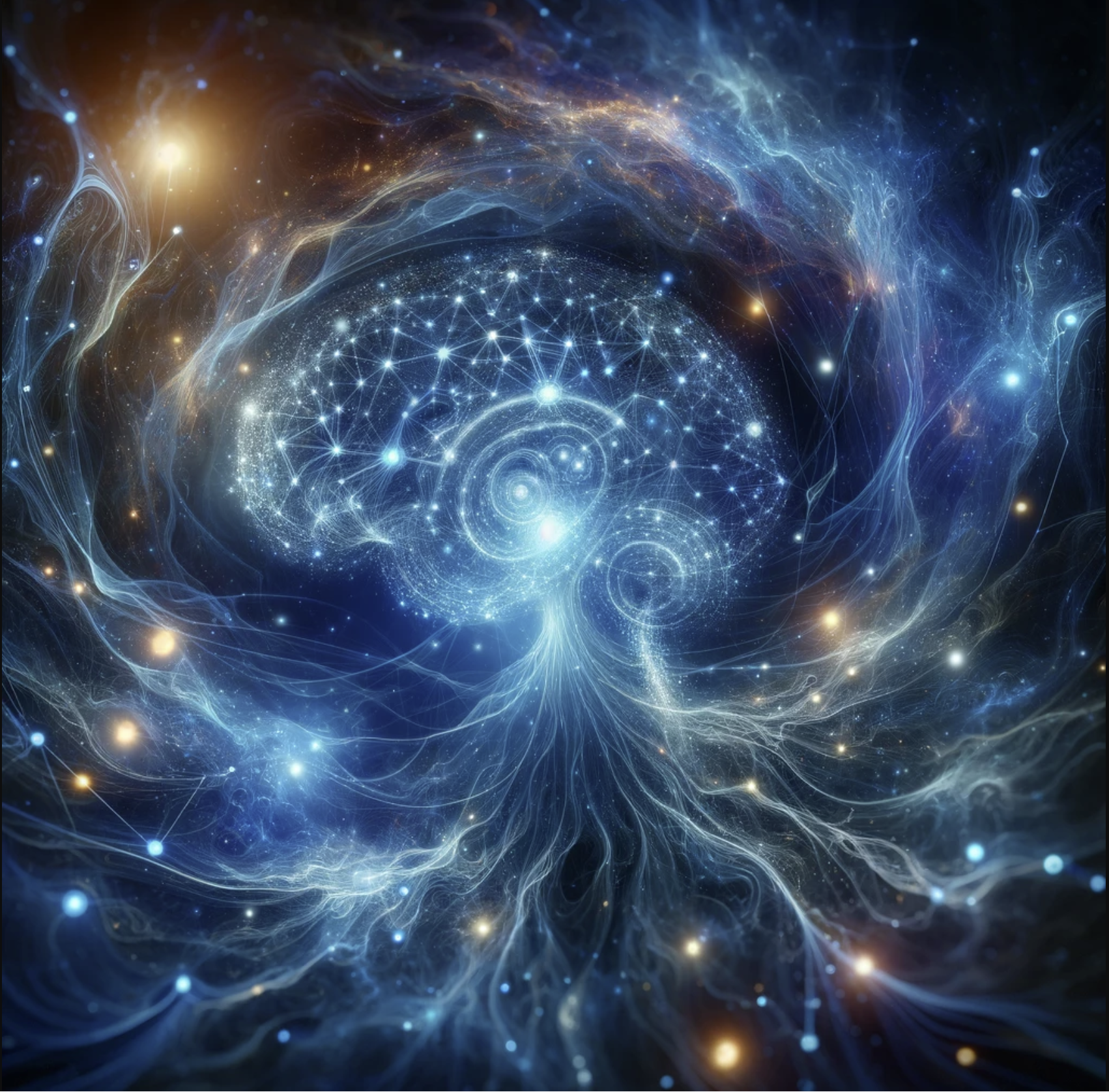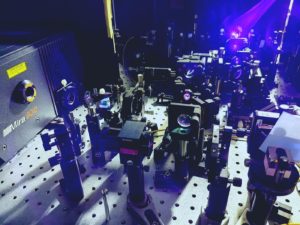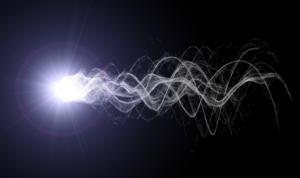
Photons in the quantum realm behave very differently from the classical light experienced in our everyday lives. The concept of nonclassicality—one of the most influential ideas of twentieth-century quantum physics—draws a boundary between these two regimes. Nonclassical light is also a valuable resource, underpinning exciting technologies that exploit the peculiarities of quantum physics, including ultrasensitive detectors and powerful computers. However, it is a complex phenomenon that is difficult to quantify and detect, and whose utility is not completely understood. We present a theoretical framework that simultaneously addresses how to quantify nonclassicality and clarifies the general scenarios in which it may be a useful resource.
Here, our starting point is to identify a physically motivated set of processes that are “free,” meaning easy to physically implement without the expenditure of any nonclassicality. These processes are based on linear optics, the common elements of quantum optical laboratories. We propose that genuine measures of nonclassicality should respect the classical nature of such processes. We also show that the size of quantum field fluctuations provides new ways to measure nonclassicality. This has both practical and theoretical implications. First, our measures may be observed in feasible experiments. Second, we prove that the possible transformations of quantum states under linear optics are fundamentally limited by the available nonclassicality.
- Operational Resource Theory of Continuous-Variable Nonclassicality
B Yadin, FC Binder, J Thompson, V Narasimhachar, M Gu, MS Kim
Physical Review X 8, 4, 041038




